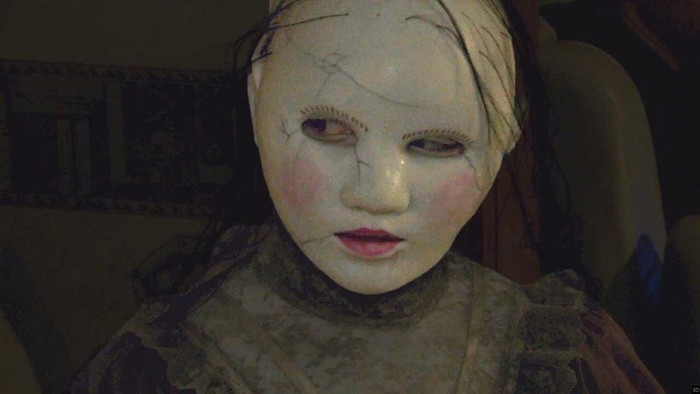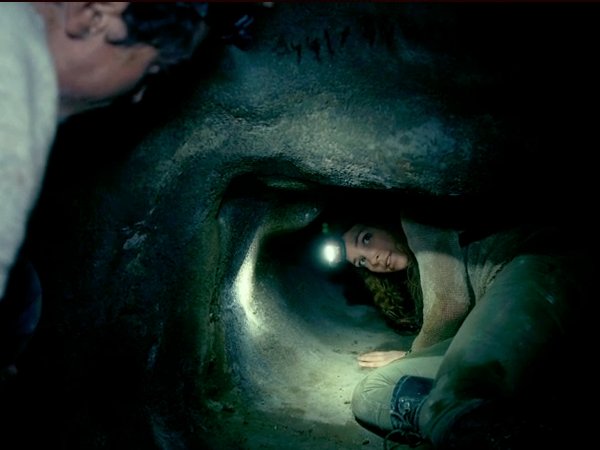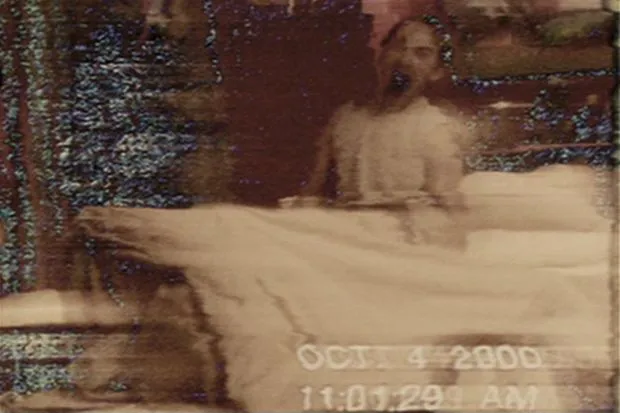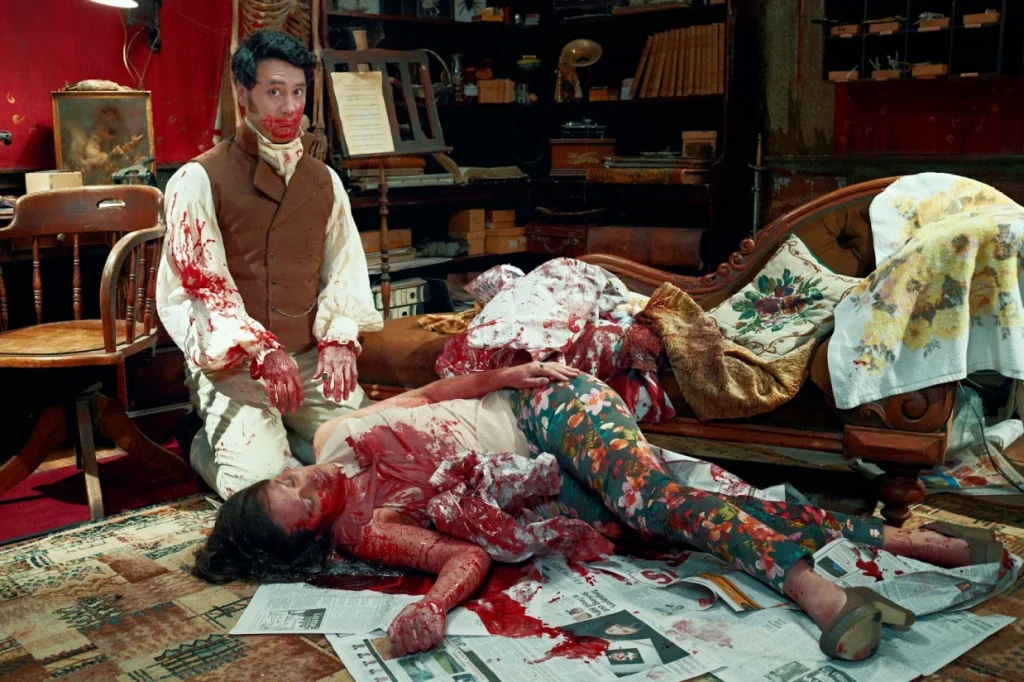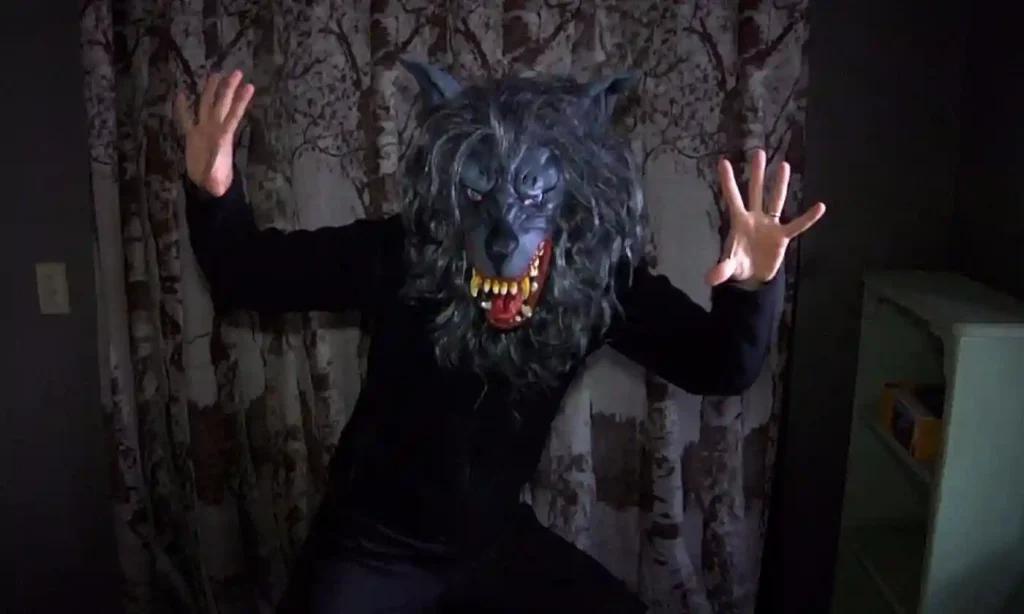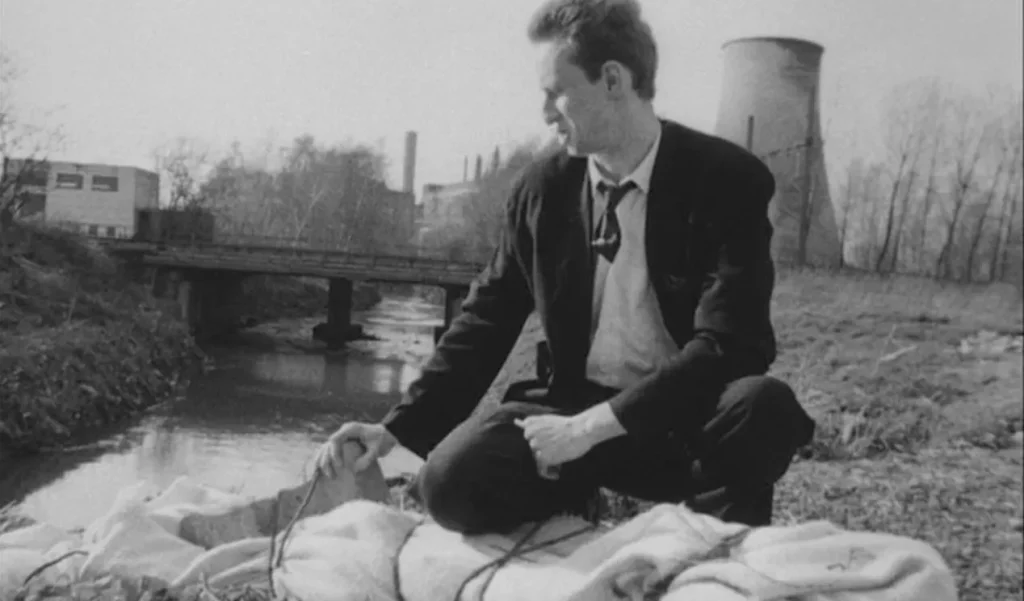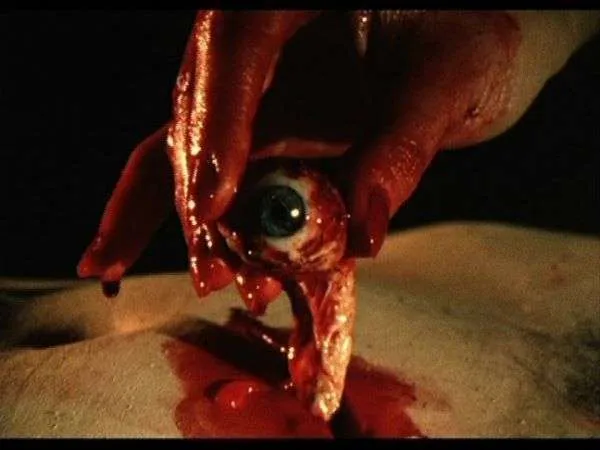
1- Exhibit A (Dom Rotheroe, 2007)

Exhibit A is a bleak, depressing exercise into nihilistic terrain as the film follows the King family, whose patriarch spirals after failed promotions and financial burdens. The film’s timely release circa the mid-late 2000s speaks to the detrimental economic climate the world was experiencing at the time. In this sense, Exhibit A delivers a cold, callous look into the societal landscape of the era, but with the guise of horror, adding a gritty, affective touch of dramatisation to the mix. Found footage has been around for decades (and then some more), and it seems that Exhibit A goes continuously unrecognised on a larger scheme, donning this chilling feature as an underrated gem.
2- Alexandra’s Project (Rolf de Heer, 2003)

Although Alexandra’s Project’s labelling as a ‘horror’ might be pushing the lines for those with strict definitions of the genre, it is undeniable that this Australian thriller makes for a horrifying watch. The film chronicles the breakdown of a man who seemingly has it all: a stellar career, adorable children and a supposed loving wife. However, the bliss is soon interrupted when he comes home one day and finds a barren house with a mysterious tape waiting to be played. The particularities of the film are a deliberate conundrum as the convoluted, non-linear, layered story unravels with such complexity, eventually breaking down everything you thought you knew about the world of this disturbing film.
3- Taxidermia (György Pálfi, 2006)
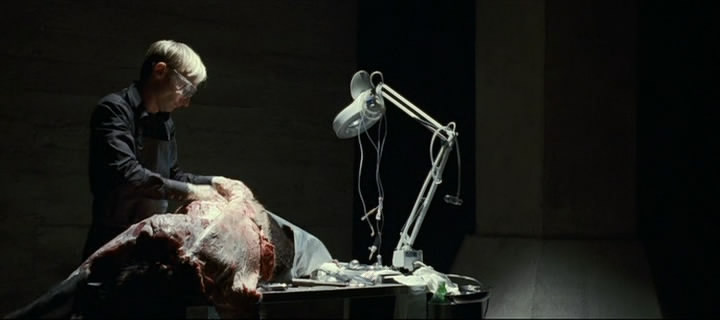
Describing this Hungarian horror comedy as anything less than bizarre, obscure, and a grotesque circus ride would be a disservice. This surrealist film embodies a chaotic fever dream that follows a parodic yet utterly unnerving retelling of Hungary’s political, cultural and social journey from WW2 to the contemporary period. The overtone of reciting the landscape of history may sound fairly intriguing, making for a potentially complex and possibly informative watch; however, Taxidermia offers a whole lot more than what its synopsis purports. The film is rife with some of the grossest body horror cinema has to offer; think if Cronenberg, Lynch and the whole of Troma Entertainment colluded to create one of the gnarliest visions they could ever conjure.
4- Subconscious Cruelty (Karim Hussain, 2000)

With a title as brazen as Subconscious Cruelty, it is rather obvious what to expect throughout this extreme art house horror. This film is on the borderline of being quite difficult to sit through, what with the frame constantly being filled with graphic violence and torture that rivals the likes of the August Underground trilogy and the controversial and lovingly named Slaughtered Vomit Dolls (2008). The categorisation of Subconscious Cruelty, an anthology horror, bodes well to complement the twisted and maniacal nature of the content, offering the film somewhat of a layered aesthetic that allows some viewers to view the visuals in a more philosophical light. For instance, in each segment, aspects of nature, mother earth and religion are explored under the costumery of horror. Whichever opinion is formed after watching, one thing is certain – Subconscious Cruelty is completely thought-provoking.
5- Creep (Christopher Smith, 2004)
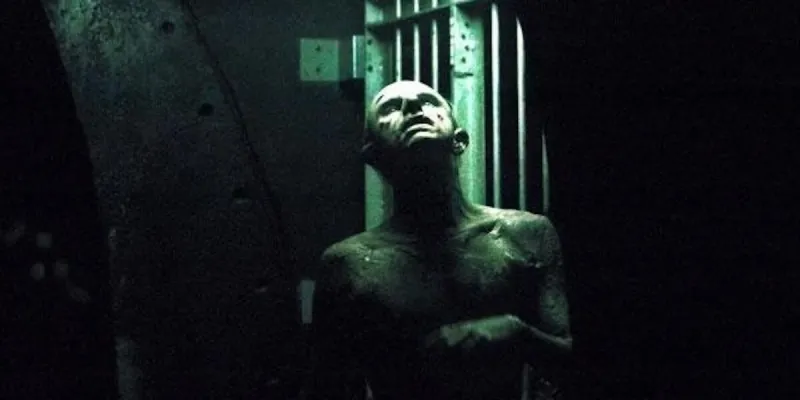
While the title Creep may immediately ring bells for fans of the 2014 Patrick Brice film, in this case, the ‘creep’ proprietary belongs to the 2004 British horror directed by Christopher Smith. The film follows a woman trapped with a monstrous humanoid on the London Underground after falling asleep, leading to a barrage of bloodied antics in the fight for survival. Although it may seem like a detriment, Creep is not necessarily a trailblazer in the genre, but it most definitely is a blast of frightening fun to watch, akin to that of nostalgic cinema where one can expect plenty of gory buffooneries and a tense battle to the death.
6- Visitor Q (Takashi Miike, 2001)
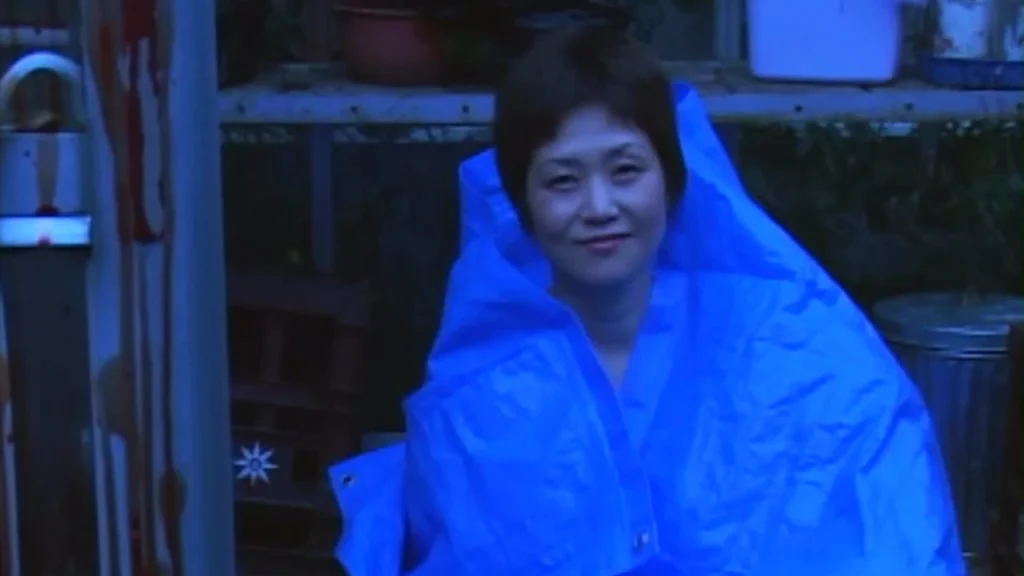
Takashi Miike is no stranger to horror, with films such as Audition (1999), Ichi the Killer (2001), and One Missed Call (2003) lining his filmography. Nevertheless, as with any creator whose titles surpass 115 directorial credits, there is bound to be an entry that is a hidden treasure – for Miike, this feature is Visitor Q. The film details the lives of the Yamazaki family and their truly disorderly attitudes to life, graphically exhibiting depravity in the most vile ways possible. This standout Japanese horror is not for the faint and not to be missed.
7- The Hamiltons (Michael Altieri and Phil Flores, 2006)
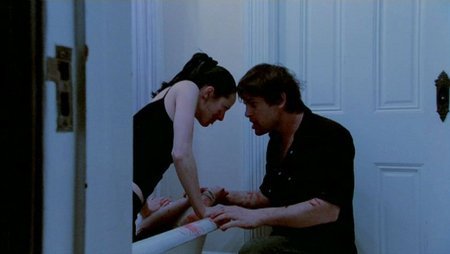
Michael Altieri and Phil Flores, also known as ‘The Butcher Brothers’ mid-2000s horror film The Hamiltons thrives on the dark secrets beyond the walls of Hamilton’s family home, with the film taking a gradual approach in revealing the big mystery as to why the brood feels a little strange. Whilst the intrigue around what skeletons lie in the closet best remains a secret for potential viewers, what can be commented on is the film’s rather emotive approach to what is quite a grizzly flick. The Hamiltons rides the waves of uniqueness, often going against the grain within its subgenre and offering a refreshing yet visceral journey into the plentiful frenzied events.
8- Bug (William Friedkin, 2006)
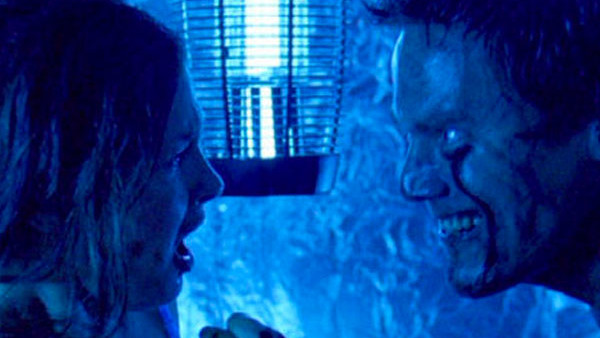
Despite having the legendary William Friedkin, director of The Exorcist (1973), at the helm of Bug, the film has gone under the radar over the years. This psychological horror presents the story of a couple who become convinced that their entire beings and surroundings are infected by bugs that have been deployed by the government to infest and infect as spies. The maddening concept is only the tip of the iceberg. Friedkin exacerbated the terror by incorporating a claustrophobic atmosphere into the film and enlisting brilliant and powerful performances from the leads, Michael Shannon and Ashley Judd.
9- In My Skin (Marina de Van, 2002)
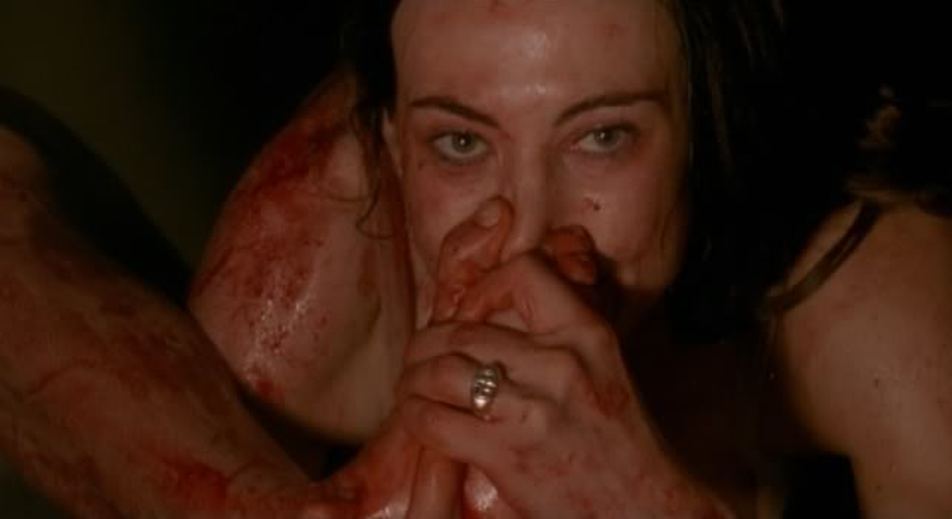
French horror, particularly that from the New French Extremity reign, has come to be known as an entirely engrossing yet nauseatingly brutal and bloodied division of genre cinema. Marina de Van’s independent film In My Skin is no exception to this rule. As a baseline, the film follows de Van as the lead character who develops an obsession with self-mutilation, which eventually escalates into autocannibalism. In My Skin has received a cordial reputation amongst many, but it has yet to receive the wide acclaim and recognition that it so desperately deserves.
10- Session 9 (Brad Anderson, 2001)
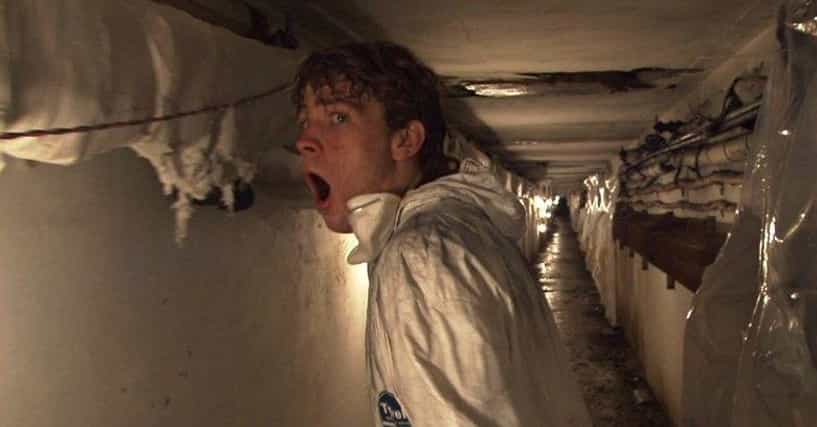
Session 9 defines itself as one of those horrors which can only be described as bone-chillingly unsettling, with the aura and atmospheric tone completely taking over the film and commanding a formidable power over the viewer. Not too heavy on jumpscares and boding its tension through engaging frights is a film which follows an asbestos cleaning crew who are faced with a job in an abandoned mental hospital, only to discover that the building’s poison runs far deeper than anyone could ever imagine. Session 9 thrives on the premise of isolation and eerie loneliness within the self, both through the film’s impressively intimidating setting and through the compelling performances from David Caruso, Stephen Gordon, Josh Lucas and Peter Mullan.
Want more top horror lists and reviews? Check out our blog here..

